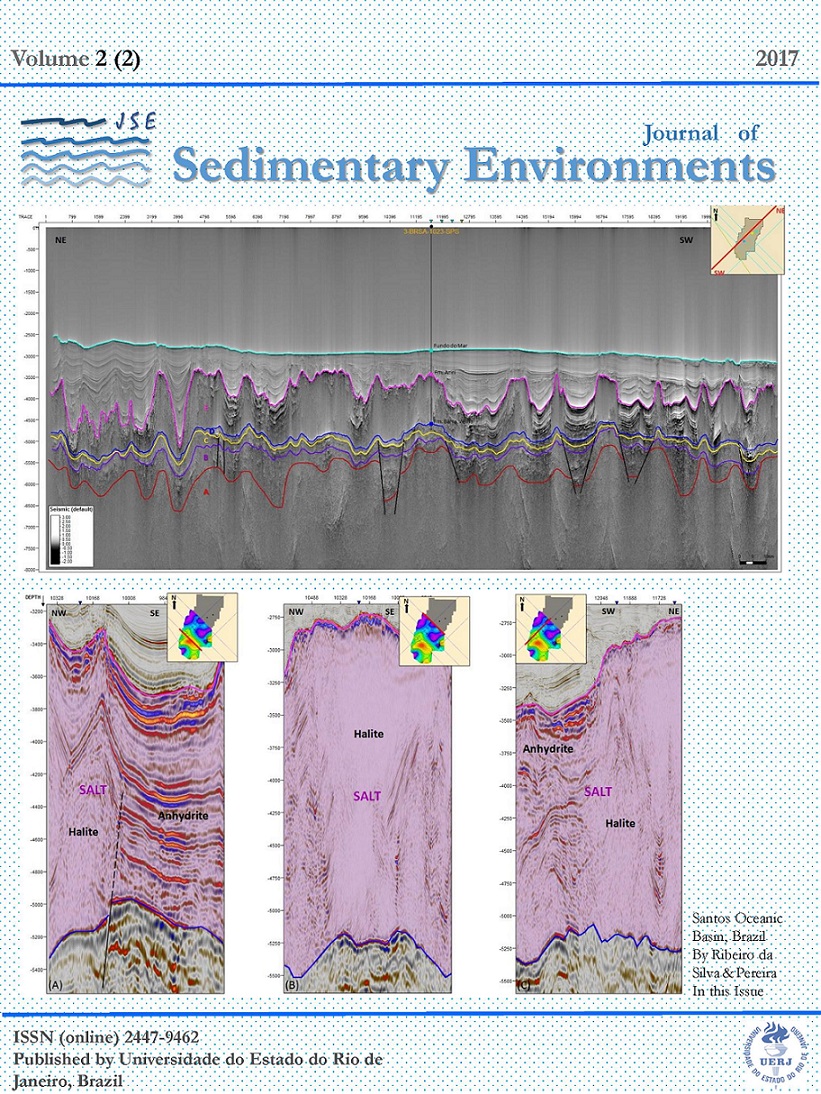ALKALINE COMPLEXES AS POTENTIAL AREAS FOR INSTALLATION OF REPOSITORIES OF NUCLEAR WASTE: CRETACEOUS INTRUSIONS IN BRAZIL
DOI:
https://doi.org/10.12957/jse.2017.30051Keywords:
Nuclear waste. Repository. Radioactive waste management. Alkaline complexes.Abstract
Brazil initiated its nuclear program in the decade of 70 with the installation of the Thermonuclear Plant Angra I. The implantation of this type of enterprise involves activities which generate environmental risks manly due to disposal of nuclear waste. The storage of nuclear waste must follow strict international standards and faces the resistance of the civil society. Thus, complex technical and politically procedures are required to find a suitable place for this end. The use of geologic bodies that fit the required features for the installation of nuclear repositories is described in literature. This kind of geological units must be deep, structuralized and with low infiltration. These aspects should to be identified through geologic, hydrologic and geophysical studies and structural models as well.
This study aims to report the results of the regional geophysical survey performed to delimit the gneissic host rocks of Ribeira Belt and the characterization of their magnetic characteristics main textural variations. This work also includes the analysis of the structural features of rocks (faults and fractures), in addition to how these structures change within the massif coupled with mineralogy and chemistry signatures.
The magnetic anomaly map displays a series of semi-circular magnetic highs, following the general configuration of the alkaline intrusions. In Brazil, the intrusive bodies with potential to function as repository are the alkaline complexes, once they are isotropic, massive, have well defined geometry, compatible depth and with low or no human occupation. However special attention to the possible occurrence of water percolations in fractures and faults must be given. In this way, detailed studies of alkaline bodies that fit the expected features comprise the following intrusions: Mendanha, Tinguá, Tanguá, Soarinho, Rio Bonito and Morro de São João. This study intends to be a contribution for the knowledge of the properties of alkaline bodies with potential to be used for storage of nuclear waste, in the near future, in Brazil.
Downloads
Published
Issue
Section
License

Journal of Sedimentary Environments (JSE) is licensed under a Creative Commons Attribution-Noncommercial-Share Alike 4.0 International License.

